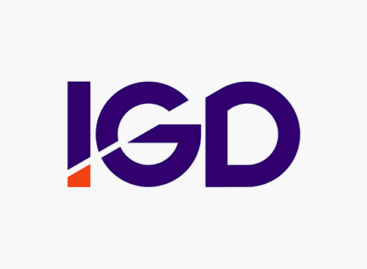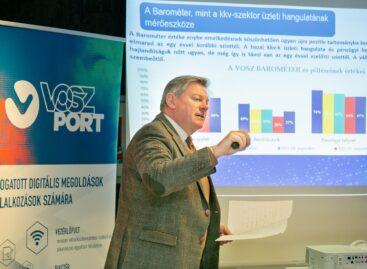The Deficit May Be Even Lower Than Planned
Substantial improvement in the internal and external equilibrium this year with real wages in the business sector already climbing while inflation and interest rates remain high.
The forecast prepared by GKI
Economic Research Co. in co-operation with Erste Bank shows
that the general
government deficit for the first five months of the year was not even
40% of the annual target, which is substantially lower than usual.
Despite rising energy prices, which worsen the terms of trade, the
trade balance had a surplus of 330 million euros in the first four
months, which is unprecedented since the beginning of the economic
transition. At the same time, inflation is declining very slowly from
the extremely high level reached last year. Prices rose by 6.9% on
average over the first five months; the index was down to 6.6% at the
end of April, only to rise to 7% in May. In the wake of the worldwide
rise of prices, almost every country in the region (with the
exception of Slovakia and Poland) has inflation matching or exceeding
Hungary’s.
This year’s general government deficit will
likely be smaller than that approved in the budget act (3.8% instead
of 4%). As a result, Hungary will be close to ending the so-called
excessive deficit procedure as soon as this year (with retirement
fund adjustment, the deficit would have to be at 3.6%.) It may even
meet this Maastricht criterion!! Even so, Hungary will likely have
the highest general government deficit in the EU. More than 40% in
the improvement stems from the rise in taxes and contributions, 20%
each are due to cuts in wages and expenses, respectively, and 15% is
due to restraining investment expenditures.
The country’s
external equilibrium will continue to improve. In the first quarter
the combined deficit of the current account and the capital account
dropped by a spectacular 0.6 billion euros (as a result of rising EU
transfers), and the inflow of FDI increased by another 0.6 billion
euros. The external financing requirement for the entire year will
decrease to 3.5 billion euros, or 3.2% of the GDP (from 4% last
year).
The main driver of inflation in 2008 is no longer the
adjustment but the rise in global energy, raw material and food
prices. The annual average inflation will drop to 6.5%, with the
end-of-year price index at 5.5%. As in other parts of the world, the
Hungarian inflationary (disinflationary) trajectory has also shifted
upward.
Since the necessary negative effects of the
structural adjustment primarily impacted the economy last year, when
global growth is slowing and inflation is rising this year, events in
Hungary are reversed: development is accelerating from last years
extremely low level and the rate of price increases is declining from
last year’s extremely high level.
Related news
Related news
Waves in the company trend – the changing faces of liquidations and company formations
Even with decreasing terminations, decreasing numbers of companies in the…
Read more >IGD: Retail media and increased efficiency will be important in 2024
This article sets out to summarise the retail trend predictions…
Read more >Domestic businesses are planning cautiously but consciously – VOSZ Barometer business sentiment analysis – Q1 2024
Uncertainty is still strongly felt in the business mood of…
Read more >




